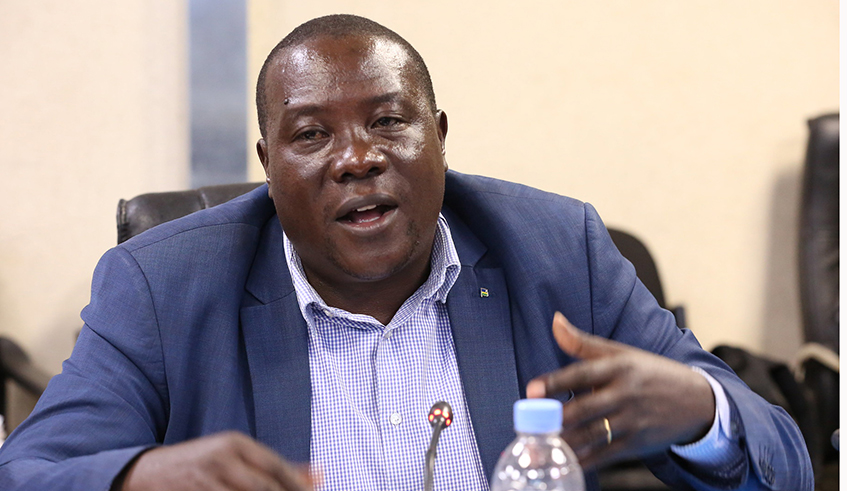

The Minister of Local Government has said a team comprising officials of the Rwanda Development Board (RDB) and Rwanda National Police is in Nyabihu District in an effort to find a solution for Gishwati dairy farmers whose cows are being killed by a predator that is still unknown.
Jean Marie Vianney Gatabazi told The New Times on Wednesday, February 02, that the team was at the time meeting with dairy farmers in Nyabihu District.
This follows an appeal by dairy farmers from the grazing area around the Gishwati-Mukura National Park located in the districts of Rubavu, Rutsiro, Ngororero, and Nyabihu, for government support to protect them from an animal that has been killing their cows.
The animal that has killed some dozens of cows has caused fear among farmers in the area which is among the major milk production zones in the country, largely targeting calves and young heifers.
Gatabazi said that the urgent action is to deploy all possible means to identify the animal in question, citing the use of surveillance cameras or various searching methods through partnership between police and other concerned entities.
"If the animal cannot be restrained, it can even be neutralized (killed) if need be, because you cannot wait for it to [even] kill residents for you to respond to it,” he said.
Meanwhile, he said that there is a need to consider the sustainable solution to the issue, citing the construction of sheds for calves and young heifers for protection.
However, he added that it was necessary to urgently establish the type of animal and its size, because it might turn out that the animal is small such that it can penetrate small spaces, making the sheds of little help.
It is believed that the said animal comes from the nearby Gishwati-Mukura National Park.
While the park is not yet fenced and the budget to do so might not readily be available, he said that everything possible will be done to contain the predator that is devouring one particular part of the animals – around the abdomen – and leaving the rest of the carcass.
He promised the dairy farmers whose cows were killed by the predator that they will get due compensation.
However, he said that dairy farmers should insure their cows under the National Agriculture Insurance Scheme (NAIS), whereby the Government subsidises the insurance premiums by paying 40 percent and the farmer has to pay the remaining 60 percent.
This practice, he said, would help farmers get compensation for their lost cows, and lessen the burden for the Special Guarantee Fund – a government agency mandated to compensate victims of accidents and damages caused by uninsured and non-identified automobiles and wild animals.
"We have realised that the number of livestock farmers who purchase insurance for their livestock is still small,” he said, observing that high insurance uptake makes insurers be able to pay damages to policyholders without incurring losses.
On Wednesday, RDB wrote on Twitter that it is working with local administrative entities and security organs to tackle the problem.
"We are using different means including technology so as to identify the animal in question,” it said.


